Below please find forecasts on risks and intensities of downy mildew (Plasmopara viticola) and powdery mildew (Erysiphe necator).
Calculations are based on disease forcasting models, which have been thoroughly validated in our department.
Purpose of these disease forcast models is to support governmental advisory teams.
We do not assume liability for interpretations or conclusions of third parties when using our plant disease warning systems.
The data are refreshed daily at 07:30 am.
weather pattern, vine development, soil water balance
Forecasting of downy mildew
The calculations (April - August) about soil-born and secondary infections are based on the Geisenheim-forecasting-model.
Forecasting of powdery mildew
The risk of Erysiphe necator disease outbreak and development is calculated in Vitimeteo
(Oidiag 3.0 following Dr. Kast, former SLVA Weinsberg).
monitoring of Drosophila suzukii
Our monitoring aims to characterize the infestation risk for spotted wing drosophila (D. suzukii).
You can find the results of trap catches (adult female and male insects) over the year and the infestation of
grape bunches (severity in %) of different cultivars (starting at 60 degree Oechsle).
monitoring of Empoasca vitis
Flight activity of the grapevine leafhopper (Empoasca vitis) adults (determined with yellow traps) and the appearance of its larvae are regularly observed to time appropriate plant protection measures.
grape berry moth
The following calculations show the best moment for the application of pheromone dispensers against grape berry moth (Lobesia botrana and Eupoecilia ambiguella). We use the "Neustadt-model", which calculates the appearance of the first moths based on temperature sums (starting point: March-01).
weather forecast
Consider the following links to three well known websites presenting weather forecasts (location of Geisenheim):
helpful tools for plant protection measures
queries to





